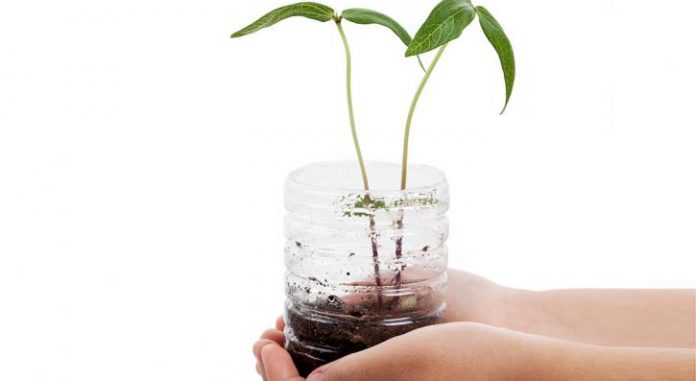Bioplastics are a type of plastic made from renewable resources, such as corn starch, potato starch, or sugarcane. They are an alternative to traditional petroleum-based plastics and can be used in a variety of applications, including packaging, textiles, and automotive parts.
One of the main benefits of bioplastics is that they are biodegradable and can be broken down by natural processes into water, carbon dioxide, and biomass. This makes them a more sustainable choice than traditional plastics, which can take hundreds of years to break down and contribute to pollution and waste in the environment.
But the benefits of bioplastics go beyond just being biodegradable. Here are some additional advantages of using bioplastics in product design:
Table of Contents
Renewable resource
Bioplastics are made from renewable resources such as corn, potato, and sugarcane, which are all crops that can be easily replenished. This means that the production of bioplastics has a lower environmental impact compared to traditional plastics, which are made from non-renewable fossil fuels such as oil and natural gas.
What is the carbon footprint of bioplastics?
The production of bioplastics also has a lower carbon footprint compared to traditional plastics. This is because the renewable resources used to make bioplastics absorb carbon dioxide from the atmosphere as they grow. When the bioplastic is produced, this carbon is then stored in the plastic, offsetting some of the carbon emissions caused by the production process.
Are bioplastics compostable?
In addition to being biodegradable, some bioplastics are also compostable. This means that they can be broken down into organic matter and used as a natural fertiliser for soil. This is a great alternative to traditional plastics, which often end up in landfills or the environment, where they can take hundreds of years to break down.
Are bioplastics Recyclable ?
While not all bioplastics are recyclable, some types can be recycled just like traditional plastics. This is important because it allows for the reuse of the material and helps to reduce waste.
Examples of bioplastics in product design
There are many different types of bioplastics that can be used in product design, including polylactic acid (PLA), polyhydroxyalkanoate (PHA), and polybutylene succinate (PBS). Here are a few examples of products that are made from bioplastics:
- Packaging: Bioplastics are often used in packaging applications, such as food packaging and plastic bags. This is because they are lightweight, strong, and provide good barrier properties to protect the contents of the package.
- Textiles: Bioplastics are also used in the production of textiles, such as clothing and accessories. They are a sustainable alternative to synthetic fibers and can be used to create a wide range of products, from activewear to fashion accessories.
- Automotive parts: Bioplastics are being increasingly used in the automotive industry as a sustainable alternative to traditional plastics. They can be used to make a variety of parts, including dashboard components, door panels, and seat cushions.
- Construction materials: Bioplastics are also being used in the construction industry as a sustainable alternative to traditional materials. They can be used to make insulation, roofing tiles, and other building products.
In conclusion, bioplastics are a sustainable material that offer a number of benefits in product design. They are made from renewable resources, have a lower carbon footprint, and are biodegradable and/or compostable. They can be used in a variety of applications, including packaging, textiles, automotive parts, and construction materials.
Using bioplastics in product design is a great way for businesses and consumers to reduce their environmental impact and support a more sustainable future. By choosing products made from bioplastics, we can all play a role in reducing waste and conserving natural resources.
































